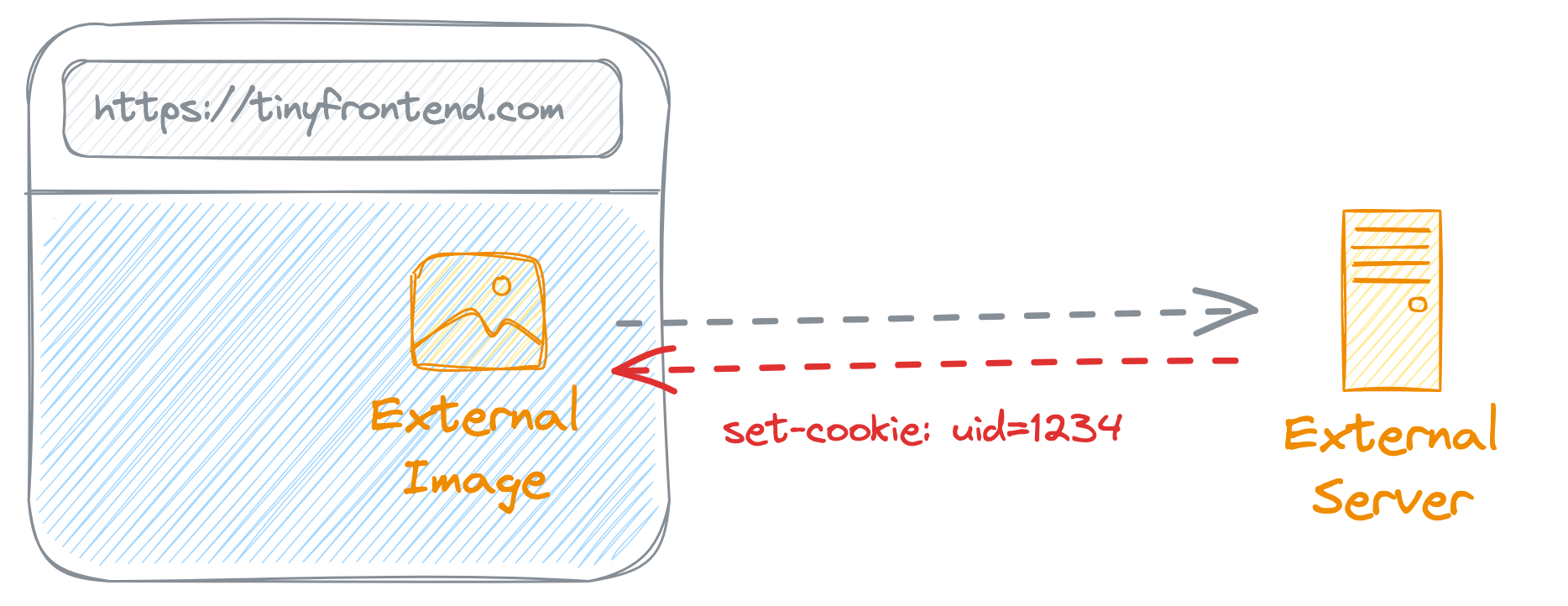The Deprecation of Third-Party Cookies
Google has announced its plan to disable third-party cookies by default in Chrome, a step that will reshape the landscape of online tracking and user privacy. This change is part of a broader effort to enhance user privacy and security on the web.
Understanding Third-Party Cookies
Third-Party Cookies are data snippets generated and placed on a user's device by a website different from the one the user is actively visiting. This practice has been widely used for cross-site authentication, behavior and performance tracking, and the delivery of customized ads.

Any embedded external resources can be utilized to set third-party cookies.
The Role and Concerns
Enhancing Cross-Site Experience
Third-party cookies have played a pivotal role in enhancing the cross-site experience. They facilitate cross-site authentication, track user behavior for performance analysis, and enable the delivery of personalized ads tailored to individual preferences.
The third-party cookies are primarily used for enhancing the cross-site experience, including cross-site authentication, user behavior tracking, and personalized ads recommendations.
Privacy Concerns
However, the use of third-party cookies has raised substantial privacy concerns. The practice of tracking users across different websites without explicit consent has been a contentious issue. To address these concerns, Google is taking the bold step of deprecating third-party cookies.




